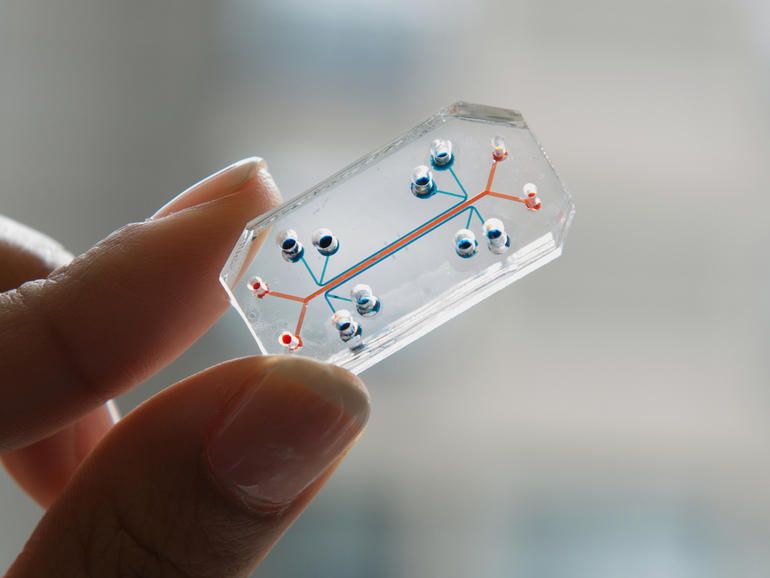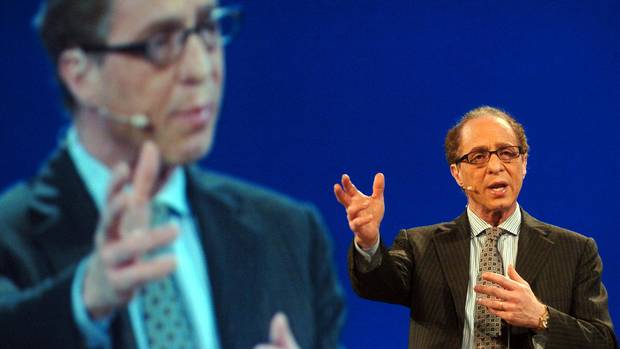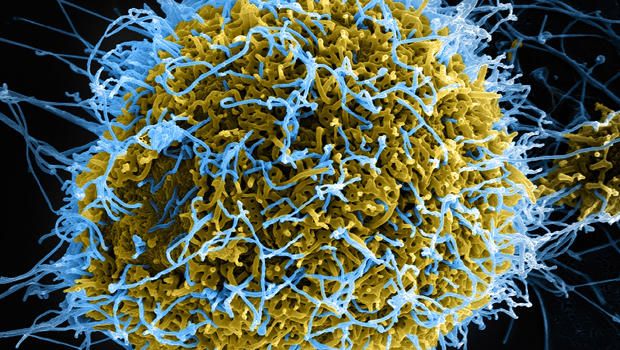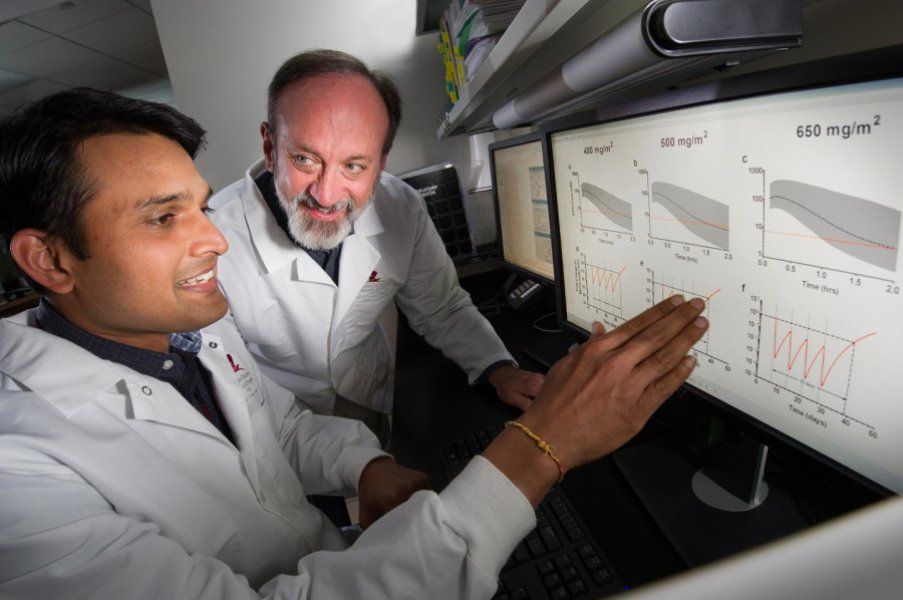Beautiful!!!!
The Wyss Institute at Harvard is creating miniaturised versions of human organs that could one day be used to test drugs as specific as the patients that take them.


The community has the power to direct science and we no longer have to accept the traditional path of state funded science. We have the power to choose the direction science takes!
The cadence of SENS rejuvenation research fundraising this year will be a little different from that of past years. There will be more groups involved and more smaller initiatives running through existing crowdfunding sites for a start. The first of these fundraisers for 2016 has launched at crowdfunding site Lifespan.io, and is definitely worthy of our support. The Major Mouse Testing Program is a new non-profit group of researchers and advocates, who have spent the last six months making connections and laying the groundwork to run more animal studies of SENS-relevant prototype therapies focused on health and life span. This is an important gap in the longevity science community as it exists today: consider the painfully slow progress in organizing animal studies in senescent cell clearance over the past five years, for example. Given more enthusiasm and more funding, that could have happened a lot faster. Consider also that the research mainstream — such as the NIA Interventions Testing Program — carries out very few rigorous health and life span studies of potential interventions for aging in mice, and of those almost none are relevant to the SENS approach of damage repair, the only plausible path to radical life extension within our lifetimes.
Animal studies are vital; not just one or two, here or there, but a systematic approach to generating rigorous supporting data, establishing dosage, and uncovering unexpected outcomes. The Major Mouse Testing Program can do a great deal to fill this gap for our community, and has the potential to be an important supporting organization for the SENS Research Foundation, for startups working on SENS technologies such as Oisin Biotechnologies, and for labs involved in SENS research. The more diversity the better. The only thing that the Major Mouse Testing Program lacks today is the initial funding and support that we can provide to give them a good start on their plans for the future. With clever organization, a non-profit organization allied with established labs can carry out solid animal studies at a cost low enough for people like you and I to fund the work via fundraisers, and that is exactly what we should do.
I have stepped up to donate to this first fundraiser for the Major Mouse Testing Program, and I hope that you will too. This is a useful, needed initiative, the people involved are solid members of the community, doing the right thing, and pulling together the right networks, and they deserve our support. This first crowdfunding initiative is focused on expanding animal studies of drug-based senescent cell clearance approaches, in collaboration with existing groups that are working in this field. Remember, however, that this isn’t just about setting up one set of experiments. This is the first step in building out an organization that can help greatly in the years to come, as the field of potential rejuvenation treatments expands, and the need grows for the non-profit groups in our community to specialize and diversify.


A documentary film just had its premiere at the Hot Docs festival in Toronto. How To Build A Time Machine, the work of filmmaker Jay Cheel, is a strange and incoherent little document of two middle-aged men with loosely related obsessions: One of them wants to build a perfect recreation of a movie prop – the machine from the 1960 movie The Time Machine, based on the H.G. Wells novel – and the other is a theoretical physicist who thinks he may have effected a kind of time travel in a lab, on a microscopic scale, using lasers that push particles around. The weak connection between the two men is that they both regret a death in their past – a best friend, a father – and are preoccupied with what they might have done to prevent the death; they both wonder if time travel to the past might have been a remedy for death itself. (Compared to the protagonist of Zero K who seeks immortality as a way of avoiding the loss of a loved one.) The 80s synthpop song Forever Young by Alphaville booms symbolically at one point.
Why this sudden ascendancy of yearning for immortality now? Is it simply because immortality of a medical sort might be imminent, a result of technological advances, such as nanobots, that will fight disease in our bloodstream? Or is it because, as Ray Kurzweil implies, digital technology is now so advanced that we have already left our bodies behind? We already live outside them, and our digital selves will outlive them. (“I mean,” says Kurzweil, “this little Android phone I’m carrying on my belt is not yet inside my physical body, but that’s an arbitrary distinction.”)
The frequently quoted axiom of Arthur C. Clarke – “Any sufficiently advanced technology is indistinguishable from magic” – is pertinent to this current fascination with life without end. We are now perceiving technology as not just magic but as god-like, as life-giving, as representing an entirely new plane of being.

Not good; hope we can by 2045 have new methods to create weather/ drought resistant vegetation, and matured the improved options around converting sea water to fresh water so no one suffers from harsh weather including droughts.
Longer, hotter, more regular heat waves could have a damaging effect on life expectancy and crop production in Africa warn climate scientists in a study published in the journal Environmental Research Letters. Examining temperature data from 1979 to 2015, the researchers caution that heat waves classified as unusual today could become a normal occurrence within 20 years. This scenario could be triggered by an increase in average global temperature of 2 degrees.
Risk all year round
Located between the Tropic of Cancer and the Tropic of Capricorn, Africa experiences high levels of solar radiation all year round and heat waves can occur in any season, not just during summer months. Running climate models through to 2075, the scientists found that so-called unusual heat waves could occur as frequently as four times per year towards the end of the century. In other words, one dangerously hot spell for every season of the year.

University of Cambridge researchers have developed the world’s tiniest engine, capable of a force per unit-weight nearly 100 times higher than any motor or muscle.
The new nano-engines could lead to nanorobots small enough to enter living cells to fight disease, the researchers say.
Professor Jeremy Baumberg from the Cavendish Laboratory, who led the research, has named the devices “actuating nanotransducers” (ANTs). “Like real ants, they produce large forces for their weight,” he quipped.


Chinese technology giant Huawei is preparing for a world where people live forever, dead relatives linger on in computers and robots try to kill humans.
Huawei is best known as one of the world’s largest producers of broadband network equipment and smartphones. But Kevin Ho, president of its handset product line, told the CES Asia conference in Shanghai on Wednesday the company used science fiction movies like “The Matrix” to envision future trends and new business ideas.
“Hunger, poverty, disease or even death may not be a problem by 2035, or 25 years from now,” he said. “In the future you may be able to purchase computing capacity to serve as a surrogate, to pass the baton from the physical world to the digital world.”


University of Oxford scientists have developed a gene therapy that has shown promise in treating choroideremia, a rare disorder that causes progressive vision loss, mostly in males.
Doctors tested the treatment method on six patients with choroideremia by injecting numerous healthy genes into the eye to replace missing ones in the retina. The purpose of this therapy is to hinder or prevent loss of sight, according to Oxford’s announcement.
Results varied for each participant. Two patients experienced a big improvement in vision that lasted for four years, but a decline occurred in the other untreated eye. Three separate patients maintained their vision in the treated eye over four years whereas the sixth recipient who was given a lower dose succumbed to vision decline in both eyes.